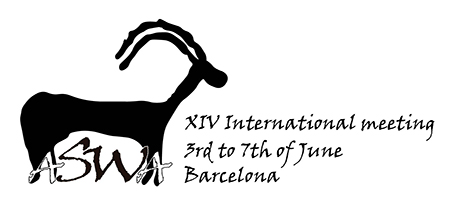Bone microstructure of archaeological animal bones can provide substantial information about the different ways humans used them in the past. Osteons, or haversian systems, are the building blocks of compact bone and they are the main responsible of its remodelling process. The result of the remodelling processes can be seen at a microstructural level and they relate to multiple life conditions of the animal specimens: mobility, stress, load weight, calving and milking. Cortical bone microstructure also reflect inherent features of the animals, such as sex or species. In this communication, the basic anatomical units of bone microstructure, osteons, are analysed in order to approach to the human management of some of the sheep and goat herds and specimens documented in Tell Halula throughout the Neolithic archaeological sequence.
In this study, we present the results of the microscopic examination of the bone thin layers of these wild and domestic specimens in order to characterize the osteons hold in. The aim is to define how the human selective pressures related to reproductive and productive regimes of animals could have been reflected in the bone microstructure.
With this work, we deepen our knowledge about the sheep and goat management strategies during Early Neolithic in the middle of the Euphrates Valley, as well as to provide solid evaluation of this methodology applied in the archaeological science.

 PDF version
PDF version
